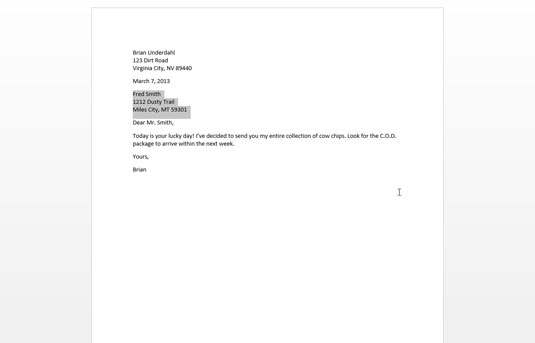Microsoft Word Mac Developer Change Shading
Posted By admin On 06.04.20- Microsoft Word Developer Tutorial
- Microsoft Word Mac Developer Change Shading 2017
- Microsoft Word Mac Developer Change Shading Tutorial
If you’ve added a border to a page in your document, you can remove it by changing the page border setting to None. Go to Design Page Borders. In the Borders and Shading box, on the Page Border tab, select the arrow next to Apply to and choose the page (or pages) you want to remove the border from. Under Setting, select None, and then select OK. How to: Show the Developer tab on the ribbon.; 2 minutes to read +4; In this article. To access the Developer tab on the ribbon of an Office application, you must configure it to show that tab because it doesn't appear by default. For example, you must show that tab if you want to add a GroupContentControl to a document-level customization for Word. Mar 19, 2020 Get rid of shading on page numbers in header I cannot figure out how to get rid of grey shading/ highlighting on my page numbers in my header. I have tried clearing shading, highlighting, ctrl space bar, ctrl Q, and esc. Mar 19, 2020 Alternating row shading in tables for Word. I thought this was a standard feature, and I see you can do it by selecting a table style, but isn't there some place where I can manually set up alternating row shading (background color) in Word for Mac? This thread is locked. Mar 14, 2020 Tutorial - Creating a Protected, Fillable Template in Microsoft Word for Use in Document Automation March 14, 2020 07:06 This article offers advanced Microsoft Word (2010-2013) techniques for creating a protected template with fillable fields (or 'Content Controls' in Microsoft terminology) for data that cannot be completed by Clio's merge.
-->To access the Developer tab on the ribbon of an Office application, you must configure it to show that tab because it doesn't appear by default. For example, you must show that tab if you want to add a GroupContentControl to a document-level customization for Word.

Note
This guidance applies to Office 2010 or later applications only. If you want to show this tab in the 2007 Microsoft Office System, see the following version of this topic How to: Show the Developer tab on the ribbon.
Applies to: The information in this topic applies to document-level projects and VSTO Add-in projects for the following applications: Excel; InfoPath 2013 and InfoPath 2010; Outlook; PowerPoint; Project; Visio; Word. For more information, see Features available by Office application and project type.
Note

Microsoft Word Developer Tutorial
Interested in developing solutions that extend the Office experience across multiple platforms? Check out the new Office Add-ins model. Office Add-ins have a small footprint compared to VSTO Add-ins and solutions, and you can build them by using almost any web programming technology, such as HTML5, JavaScript, CSS3, and XML.
DataCollection for Previews.Previews may not have included, reduced, or different security, privacy, accessibility, availability and relatability standards relative to commercially provided services and software. Download microsoft windows 10 mac. For Previews covered under Section 1.2, privacy and feature settings may not work as intended, and the Previews may not work with other Windows privacy settings, including the diagnostic data settings for Windows 10. Data collected from your use of the Previews, including diagnostic, technical, error reports, crash dumps and other related data from your devices running Previews may be used, stored, processed and analyzed to keep Windows and the Previews up to date, secure, and operating properly.
Microsoft Word Mac Developer Change Shading 2017
To show the Developer tab
Start any of the Office applications supported by this topic. See the Applies to: note earlier in this topic.
On the File tab, choose the Options button.
The following figure shows the File tab and Options button in Office 2010.
The following figure shows the File tab in Office 2013.
The following figure shows the Options button in Office 2013.
In the ApplicationNameOptions dialog box, choose the Customize Ribbon button.
The following figure shows the Options dialog box and the Customize Ribbon button in Excel 2010. The location of this button is similar in all other applications listed in the 'Applies to' section near the top of this topic.
In the list of main tabs, select the Developer check box.
The following figure shows the Developer check box in Word 2010 and Word 2013. The location of this check box is similar in all other applications listed in the 'Applies to' section near the top of this topic.
Choose the OK button to close the Options dialog box.